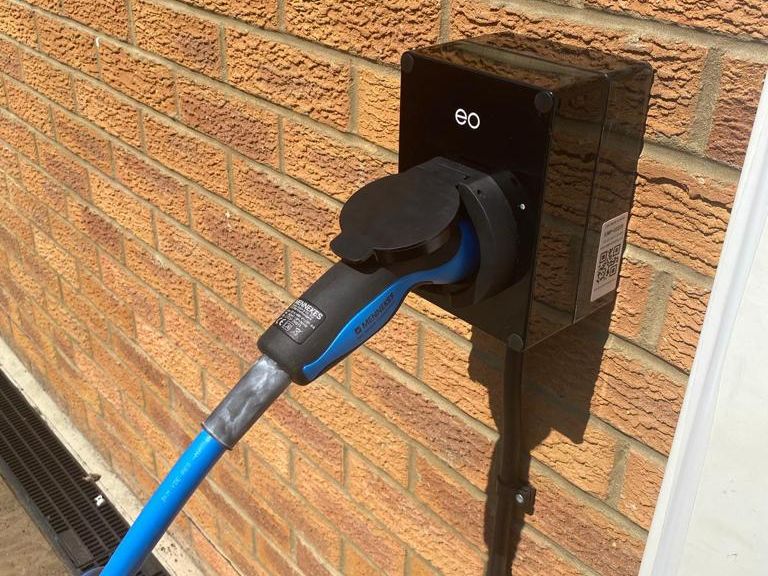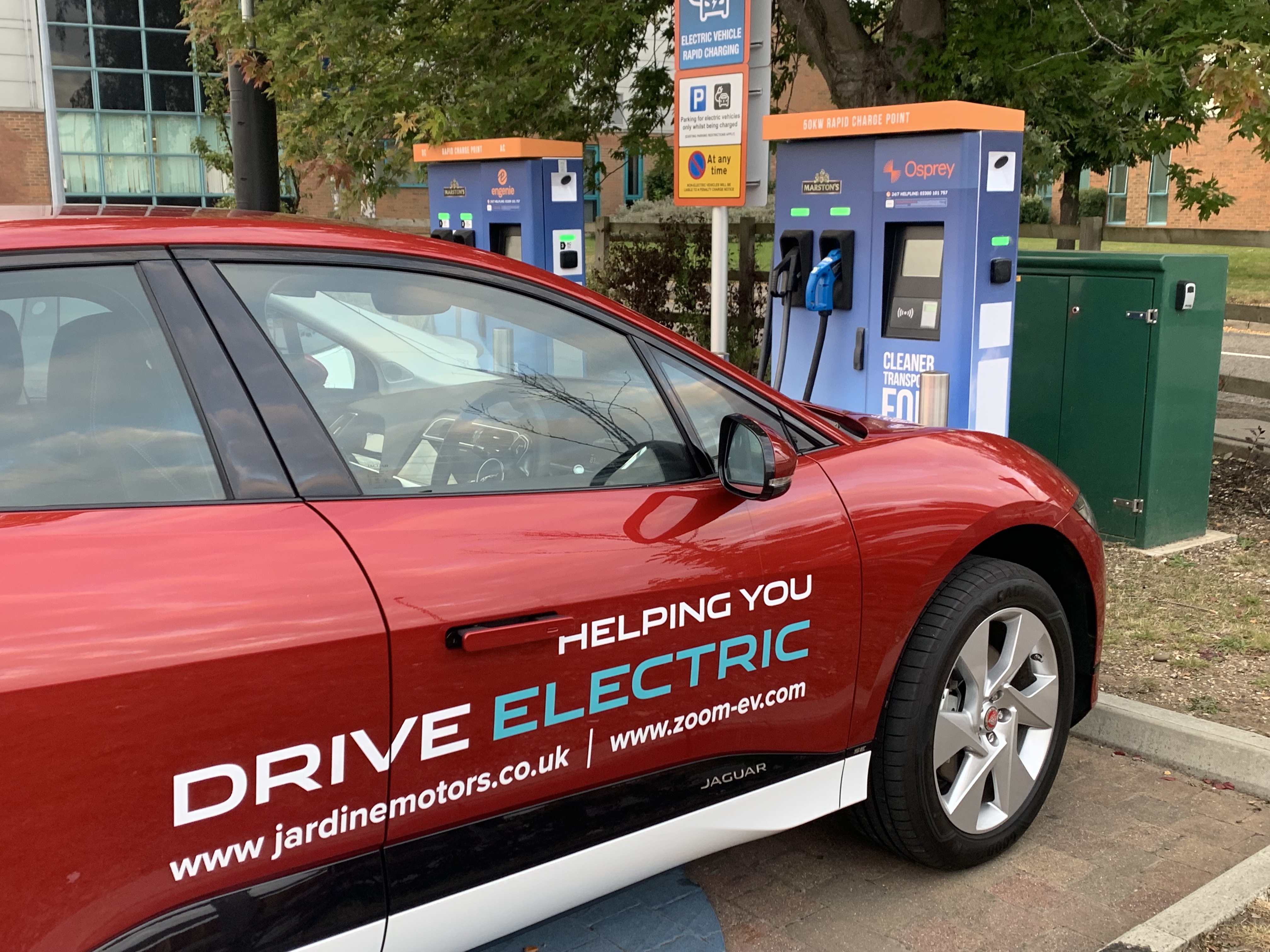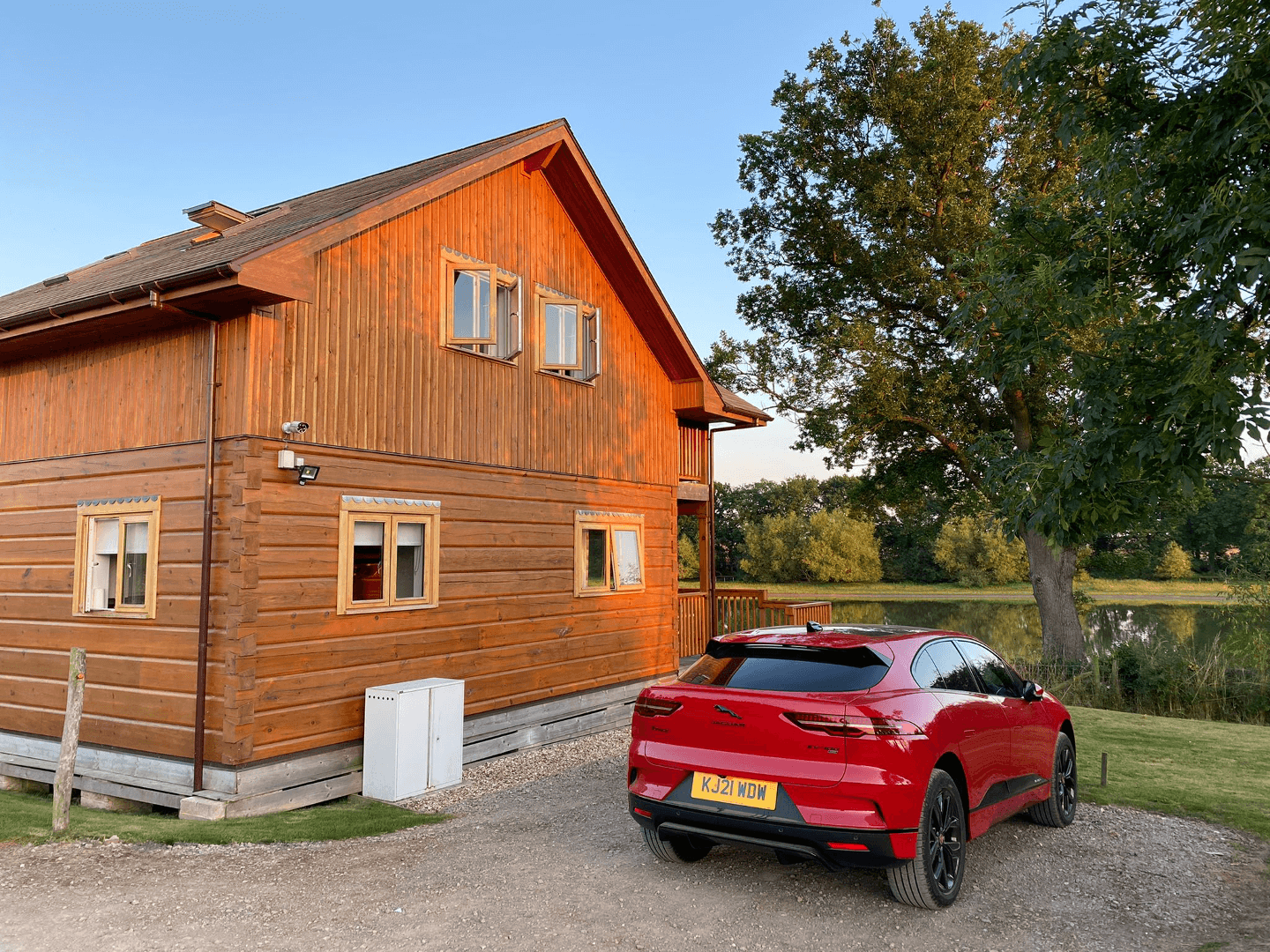EV Charging Cables
You’ve chosen your new EV, you’ve got everything ready to go now all that’s left is figuring out which charging cable you need. With all the jargon surrounding cables we have put together this handy guide to charging cables to make it as easy as possible for you.
How do I choose a charging cable?
There are three key decision points:
Type 1 vs type 2
Single or 3-phase
5m or 10m
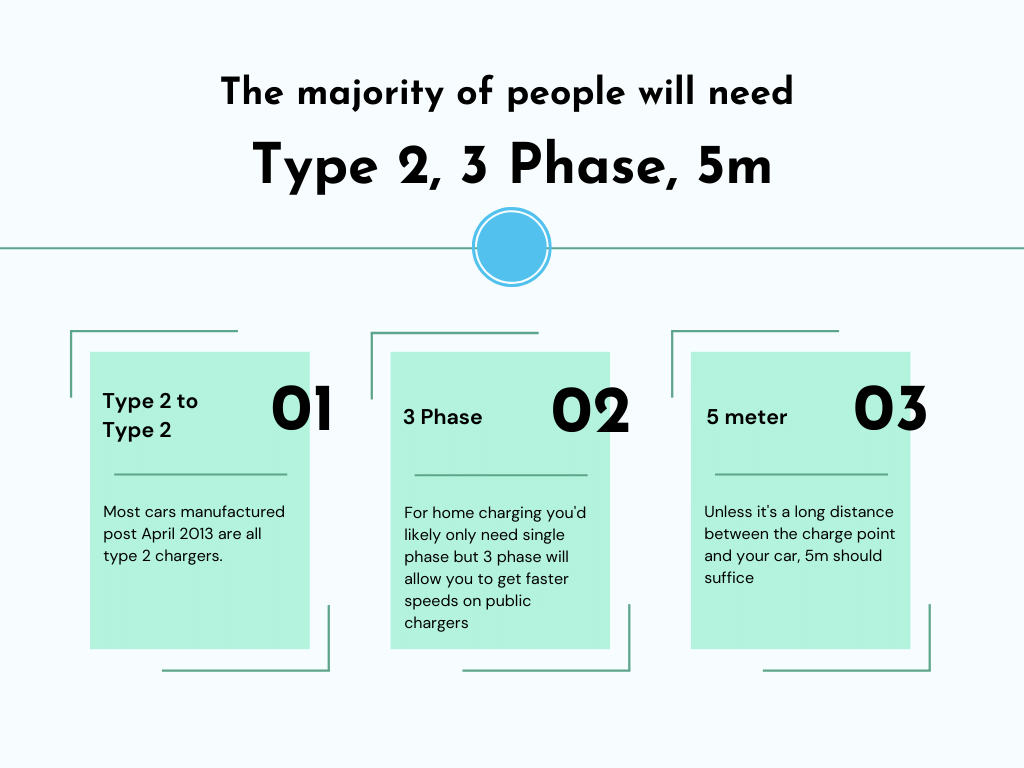
1. Type 1 vs Type 2
When choosing a charging cable, you will want one with a type 2 output for all public charging points. Whilst a type 2 charger is the most widely used, some electric vehicles will have a type 1 port.
The easiest way to tell the difference between the two types is to count the pins on the charger.
Type 1 cables have five pins in their connectors with a latch on top, which fixes to charging ports and stops the cable from being accidentally removed during a charging session.
While type 1 cables can charge up to 7.2kW, they are not three-phase compatible meaning they cannot take advantage of the higher charging speeds that Type 2 cables can typically charge at.
Type 1 Cable:
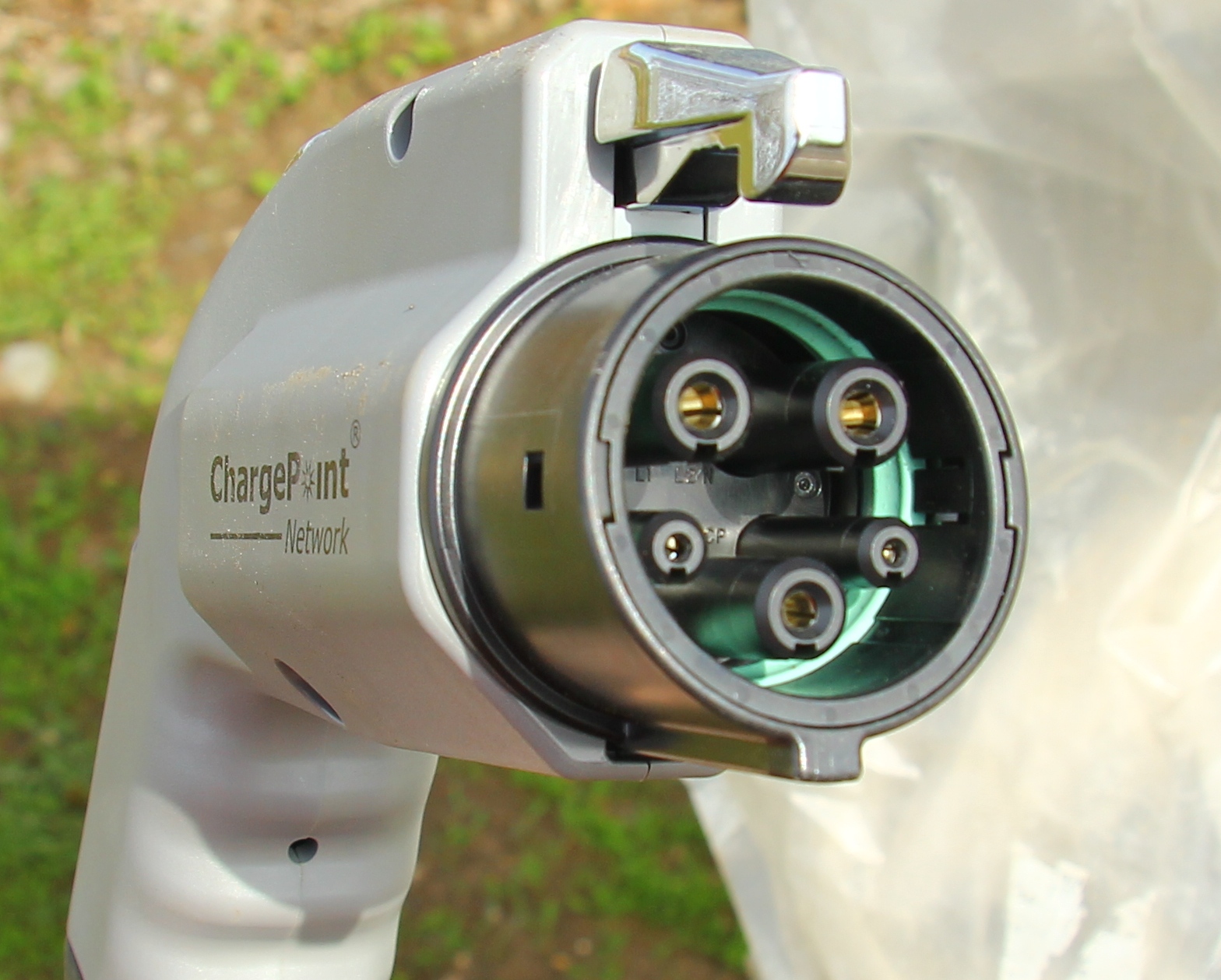
Type 2 connectors forgo the latch found on Type 1 connectors in favour of a mechanism located in type 2 charging ports that automatically lock onto a type 2 cable during a charge session.
Type 2 cables can charge at both single-phase speeds (up to 7.4kW) and three-phase speeds (up to 22kW).
Type 2 Cable:

Your Plug-in vehicle will have either a type 1 or type 2 AC adapter, you can find which one your vehicle has in your vehicle handbook. Cars manufactured post April 2013 are all type 2 chargers.
2. Single vs 3 phase
90% of homes in the UK are Phase 1 energy and can't support anything additional. This means that if you have single phase, your home charger can't charge any quicker than 7kW. A small volume of homes can support 3 phase and get up to 22kW on their home charger; those people should choose a 3 phase cable.
However, if you are potentially going to use your cable for public charging, then we would recommend getting the 3 phase cable so you can get faster charging speeds (22kW +) and give you more options of chargers on route.
3. 5 meter or 10 meter
Unless it's a long distance between the charge point and your car, 5m should suffice. Most public charge points have space right next to the charger for parking.
When / where would I use this cable?:
You will need your charging cable to charge at any ‘untethered’ charging points: An ‘untethered’ charging point is any point that does not have a cable attached to it (whereas one that does is called 'tethered'.
Rapid chargers nearly always have a cable already attached due to the power of energy they provide. However some lower power charging points may not have one so it's useful to always have a cable in your boot.
Also if you have a home charger that is 'untethered', then you can use this cable at home.
You can use Zap Map to understand which public charge points have which cables available by filtering by type 1 or 2.

Green Flag shop offer these cable solutions:
Type 2 to Type 2 cables (Single and 3 phase for slower or faster charging speeds)
Type 2 cables with a UK 3 pin (domestic) plug
Type 2 cables with Commando Plug for workshops (business use)
You can check them out here. Zoom EV customers with the Direct Line EV Benefits Bundle get 15% discount off any purchase.
Written by Frances Leeworthy
27/09/22

